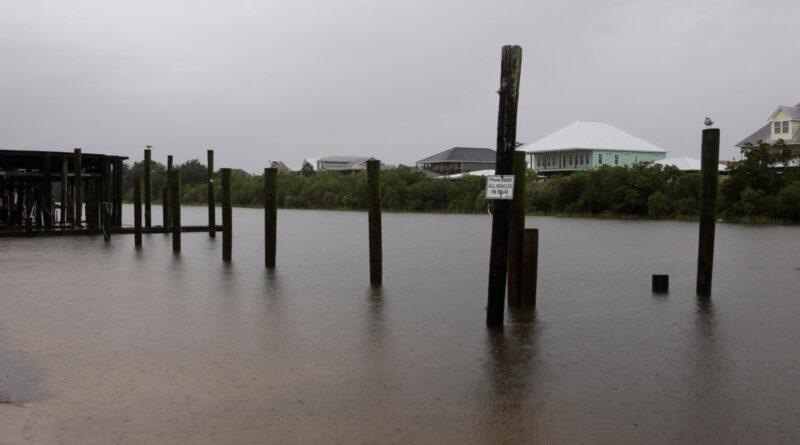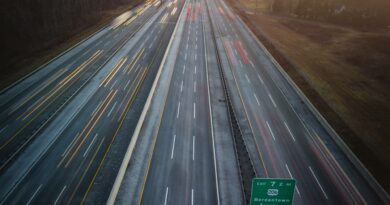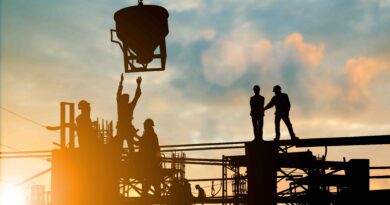Francine Weakens Moving Inland as the Storm Leaves Behind Flooding and Widespread Power Outages
Hurricane Francine caused widespread sewer system issues in Jefferson Parish, as canals remained high and pumping systems struggled to manage the floodwaters. Power outages and debris-blocked streets compounded the infrastructure challenges, with local officials urging caution during the cleanup process.
According to PBS, Francine weakened Thursday after striking Louisiana as a Category 2 hurricane that knocked out power to hundreds of thousands of homes and businesses, sent storm surge rushing into coastal communities and raised flood fears in New Orleans and beyond as drenching rains spread over the northern Gulf Coast.
New Orleans awoke to widespread power outages and debris-covered streets. Just before sunrise, street lights on some blocks were working but large swaths of the city were without power. The roar of home generators was evident outside some houses.
Some 3 to 6 inches (8 to 15 centimeters) of rain were possible in parts of Mississippi, Arkansas, Tennessee, Alabama, Georgia and the Florida Panhandle, with up to 10 inches (25 centimeters) possible in some spots in parts of Alabama and Florida, forecasters said, warning of the potential threat of scattered flash flooding as farflung as Jackson, Mississippi; Birmingham, Alabama; Memphis, Tennessee; and Atlanta.
Francine slammed the Louisiana coast Wednesday evening with 100 mph (155 kph) winds in coastal Terrebonne Parish, battering a fragile coastal region that hasn’t fully recovered from a series of devastating hurricanes in 2020 and 2021. It then moved at a fast clip toward New Orleans, pounding the city with torrential rains.
Water was receding early Thursday in Jefferson Parish, where streets flooded, but canals were still high, parish President Cynthia Lee Sheng said in a social media post. They pumped through the night, but there were sewer system problems and they couldn’t keep up with the storm, she said.
There had not been any major injuries or deaths, Sheng said.
“Let’s keep that going,” she said, asking residents to give the parish time to clear the streets, noting that the hazards after a storm can sometimes be more dangerous than the storm itself.




